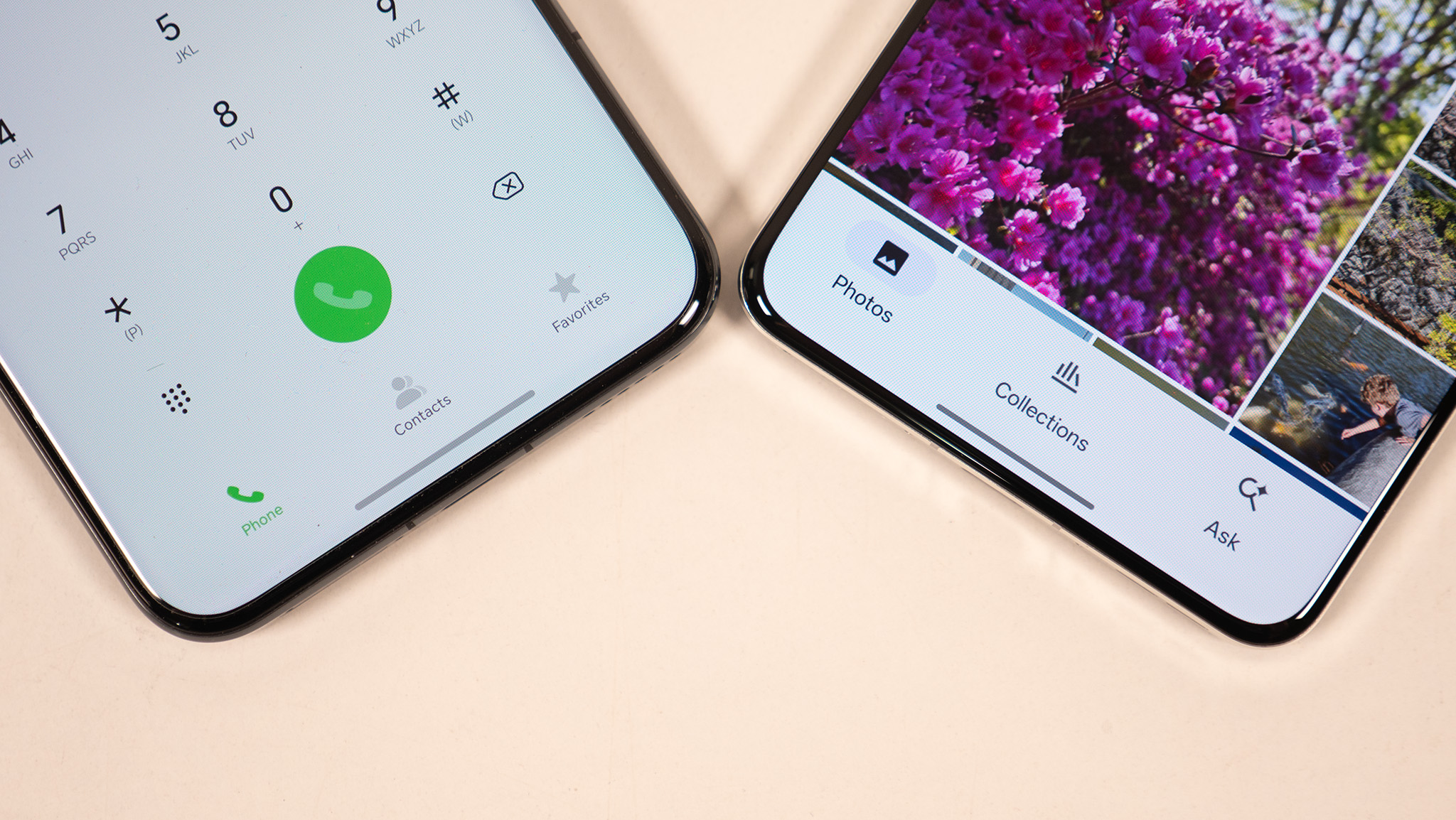Micron is taking UFS 4.0 storage to the next level
Micron's latest UFS 4.0 storage module is its smallest yet, and it is coming to next-gen phones.

Micron is one of the world's largest memory and storage provider, and even if you haven't come across the brand, there's a good chance you've used one of its products. While it focuses on external SSDs and M.2 drives that it sells to customers under the Crucial brand, Micron is also heavily invested in mobile tech, and its latest UFS 4.0 storage modules illustrate this point well.

In Hardwired, AC Senior Editor Harish Jonnalagadda delves into all things hardware, including phones, storage servers, and routers.
At Mobile World Congress, Micron announced a new version of its UFS 4.0 storage module that uses 232-layer 3D NAND, and the key highlight is that the module is just 9x13 millimeters, making it one of the smallest yet. Space is at a premium on a phone, so any gains in this area is always a win, and Micron is looking to deliver just that with its latest storage module.
This is a big deal because Micron's current-gen UFS 4.0 storage module is being used in the Galaxy S24 series and Honor Magic 6 Pro. This iteration of the module measures 11x13mm, and we should see the next-gen module with all the custom features slotting into high-end phones launching at the end of the year.
Samsung is known to dual-source most hardware within its phones — it's going back to using Exynos in select markets — and similarly, it is using Micron's DRAM and storage modules in select devices. If I had to venture a guess, the Exynos-based models have Micron modules, with the Qualcomm variant using another vendor, likely Samsung LSI.

Micron is clearly positioning its latest UFS 4.0 storage module as the default choice for AI-enabled phones, and it isn't hard to see why — it goes up to an insane 4,300MB/s in sequential reads and 4,000MB/s in sequential writes, making it one of the fastest in the industry.
But it's the random reads and writes that make a difference, and the storage module delivers gains of over 30% versus UFS 3.1. As I noted in my UFS 4.0 guide, faster read/writes go hand-in-hand with better efficiency as the module doesn't need to be active for as long a duration, and while the power draw is on the smaller end of the scale for storage, every little bit makes a difference.
Then there's the slate of custom features Micron is rolling out with its latest module. High-Performance Mode is designed to optimize performance under heavy load, delivering up to a 25% increase in speed over a UFS 3.1 module with 176-layer NAND.
Be an expert in 5 minutes
Get the latest news from Android Central, your trusted companion in the world of Android
One Button Refresh is designed to ensure the performance potential doesn't decrease over time by optimizing the data. This isn't a button that you need to press; it is an automatic process that occurs at set intervals to make sure the phone behaves like-new. There's also a Zoned UFS feature that dedicates zones where specific data can be stored, such as photos and documents. Micron is making the UFS 4.0 storage module available in 256GB, 512GB, and 1TB variants.

On-device AI needs fast memory and storage in conjunction with a dedicated neural chipset, and device makers are cognizant of that fact. Google, Samsung, and Honor offer custom AI features on their phones at the moment, and each brand has a unique vision in this area. I like what Google's doing with the Pixel 8 series, as it ultimately lets me take better photos and videos, and I am intrigued to use Honor's Magic Portal and see how well it holds up in real-world testing.
UFS 5.0 is on the horizon, and I'm excited to see where mobile storage goes over the next 18 months. For now though, UFS 4.0 is still the best choice for any device manufacturer looking to offer differentiated features, and Micron's latest storage modules have an edge thanks to their smaller design and unique additions.

Harish Jonnalagadda is Android Central's Senior Editor overseeing mobile coverage. In his current role, he leads the site's coverage of Chinese phone brands, networking products, and AV gear. He has been testing phones for over a decade, and has extensive experience in mobile hardware and the global semiconductor industry. Contact him on Twitter at @chunkynerd.
You must confirm your public display name before commenting
Please logout and then login again, you will then be prompted to enter your display name.
